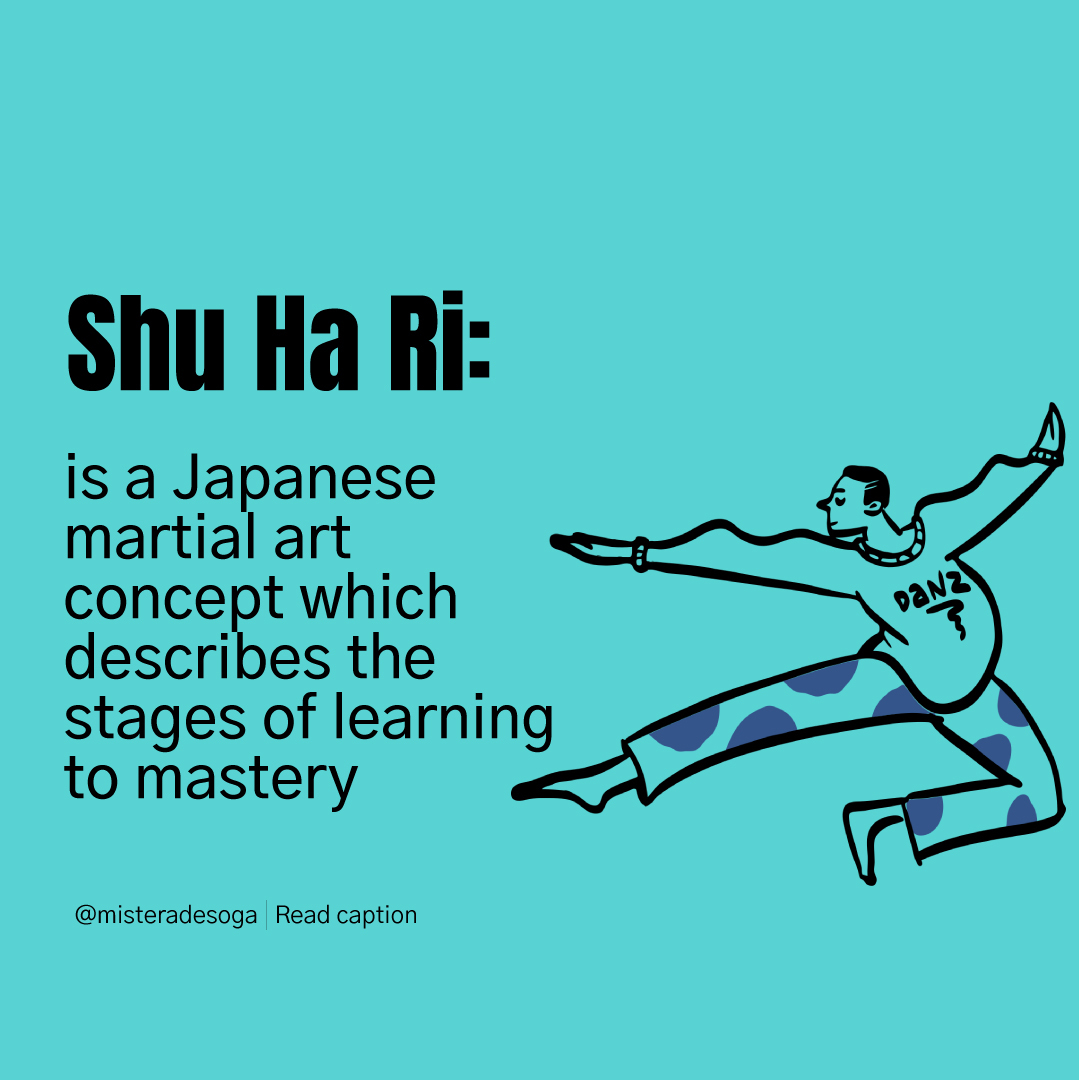Models are useful tools that helps understand our self and the growth process. Learning is a critical part of the growth process and I have always referred to the Shu-Ha-Ri concept as a model that help me with mapping out where i was along the process. It is a a very simple but POWERFUL concept and i am hope you find this useful as much as I have.
Shu: In this phase, the apprentice follow the rules that have been taught and rarely deviate from the rules.
Coaching
These blogposts are my opinions from reflections on topics relating to my current area of interest - Enterprise Agility, Leadership, Entreprenuership, Personal Development and Complexities of Africa.
I have always been one of those people that believed one of the major factors for succeeding with Agile ways of work is physically co-located teams. As far back as 2007, I remember the joys of walking into an open plan office bustling with activity, and colourful post-it notes on white boards within the office. Being the self confessed Agile Evangelist that I was, I would lobby for co-location within the work place as i believed it complimented collaboration; we just preferred the business and technology teams sat next to each other.
Most Agile methodologies provide for the application of a Technical Spike for exploring a new technology or risky areas of a product. The Scaled Agile Framework (SAFe) methodology defines the Spike as a type of Exploration and Enabler Story.
There are a number of approaches that have been recommended for Technical Spikes. These include:
Estimating and sizing a Technical Spike Story
Timeboxing a Technical Spike .
The Technical Spike is exploratory in nature and it is conflicting to attempt to estimate the complexity for a piece of work that is not well understood; in my experience most teams would rather Timebox the efforts required to complete a Technical Spike.



